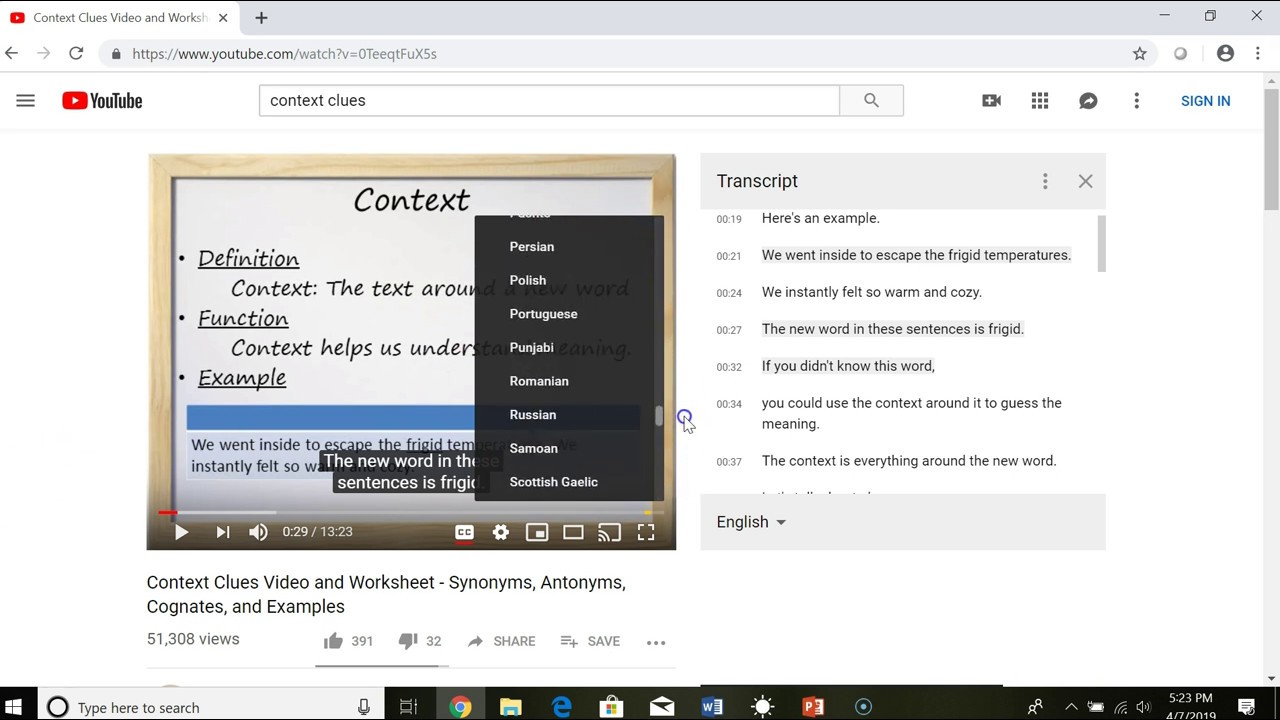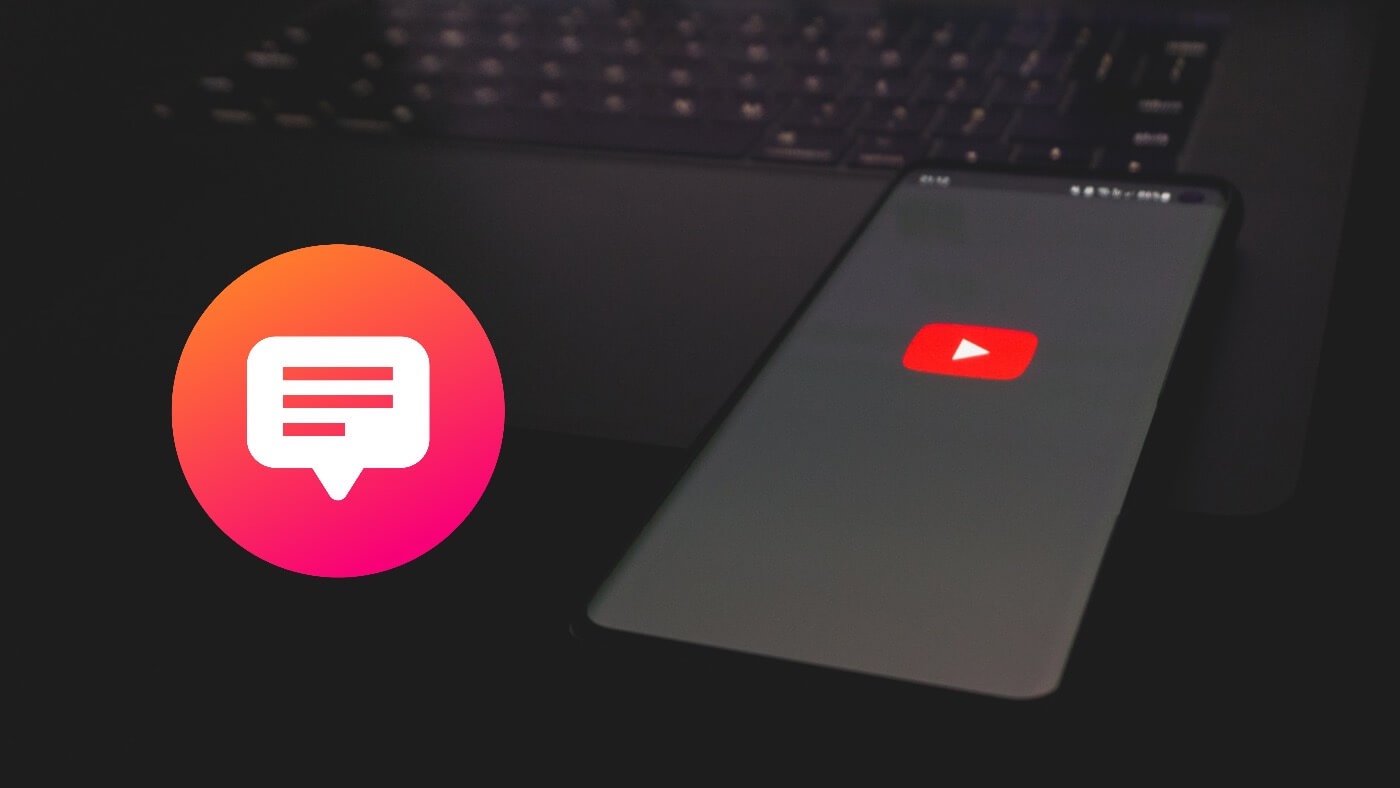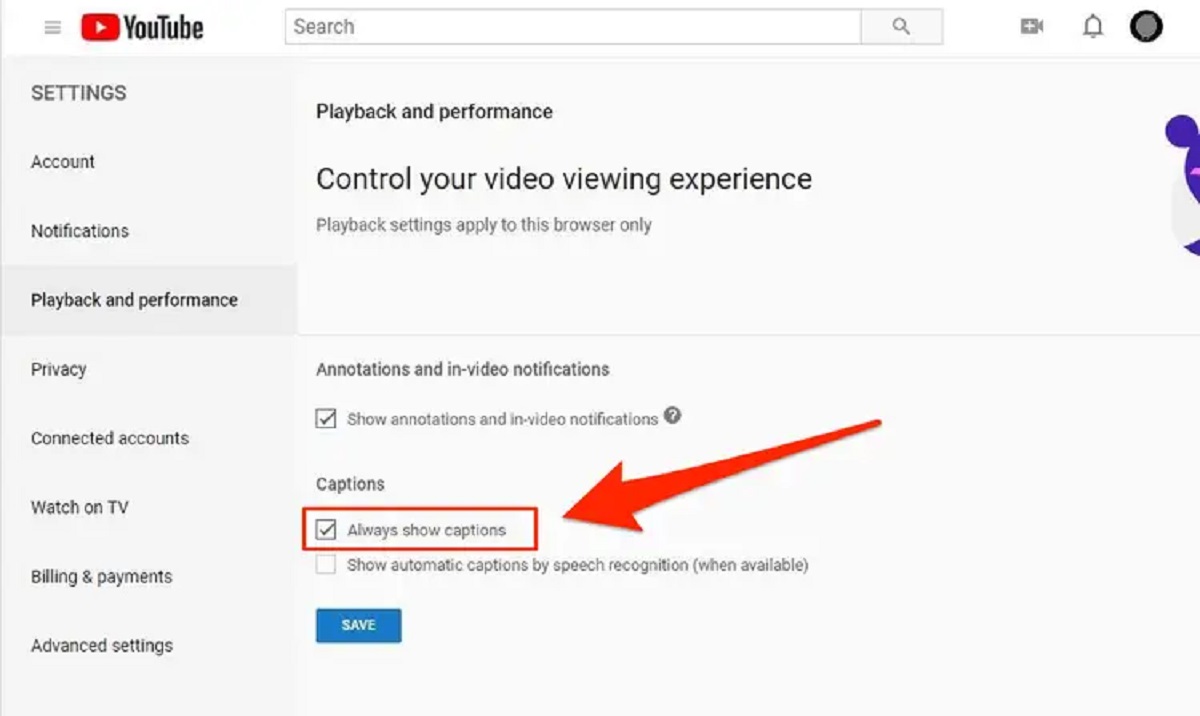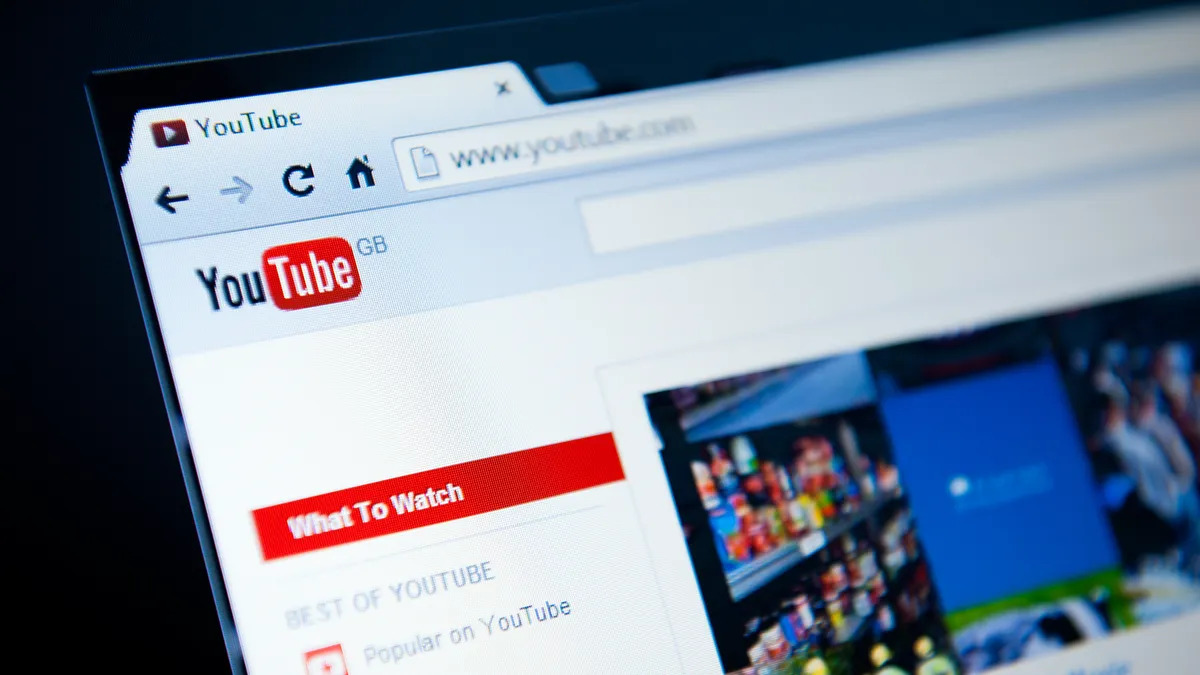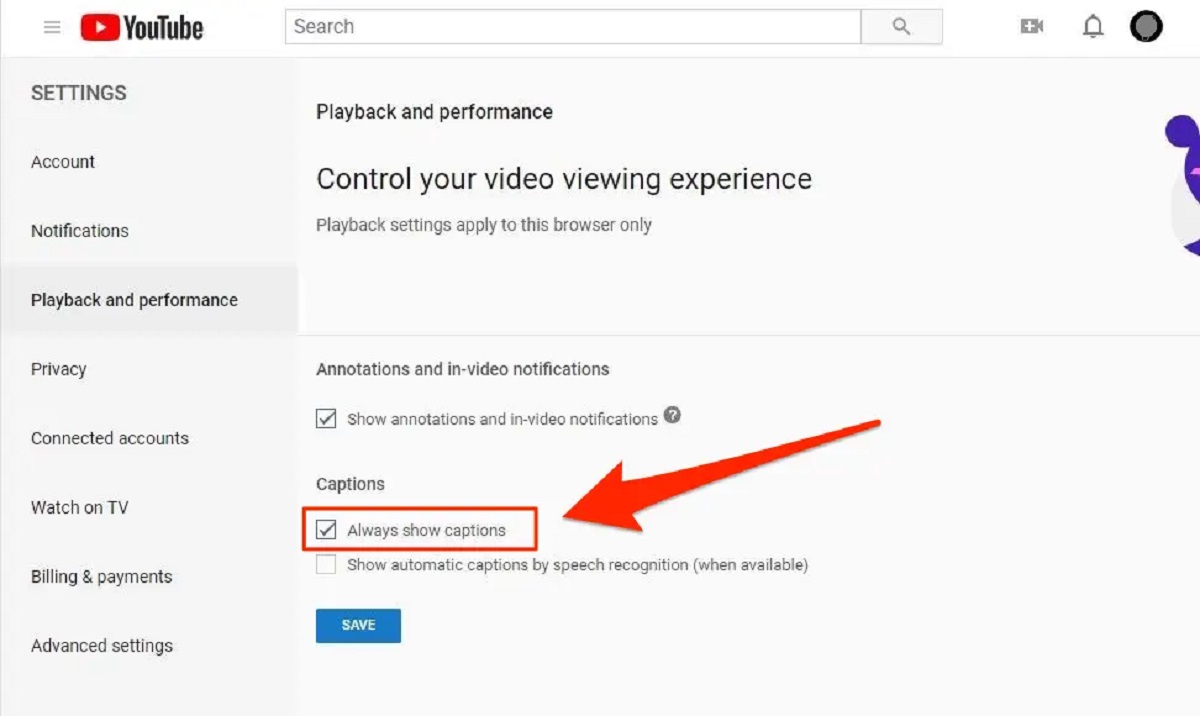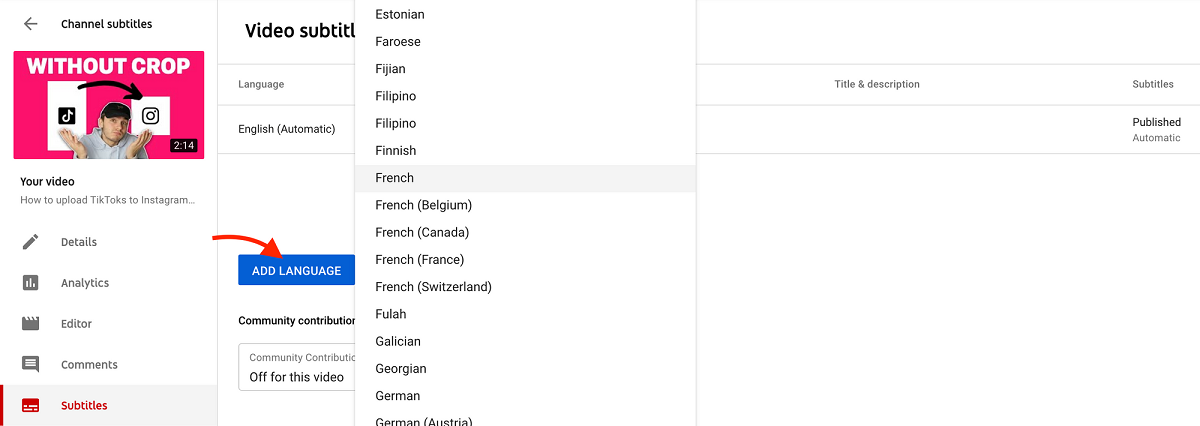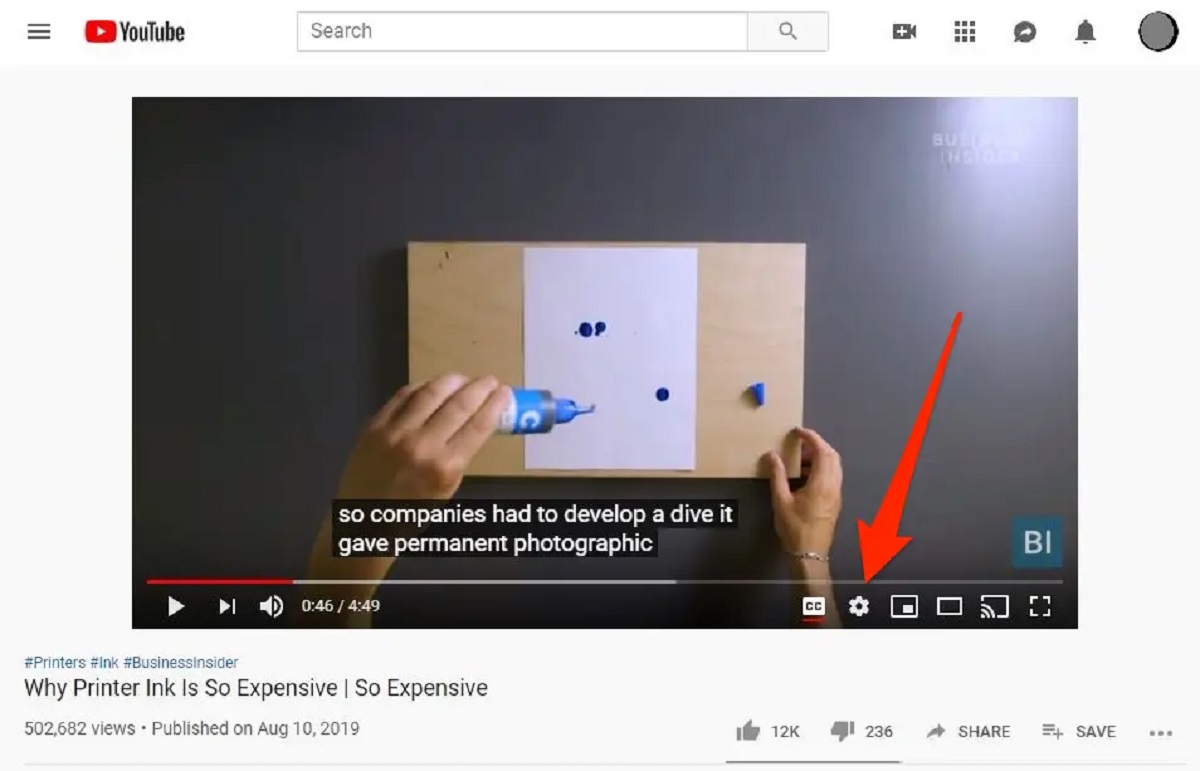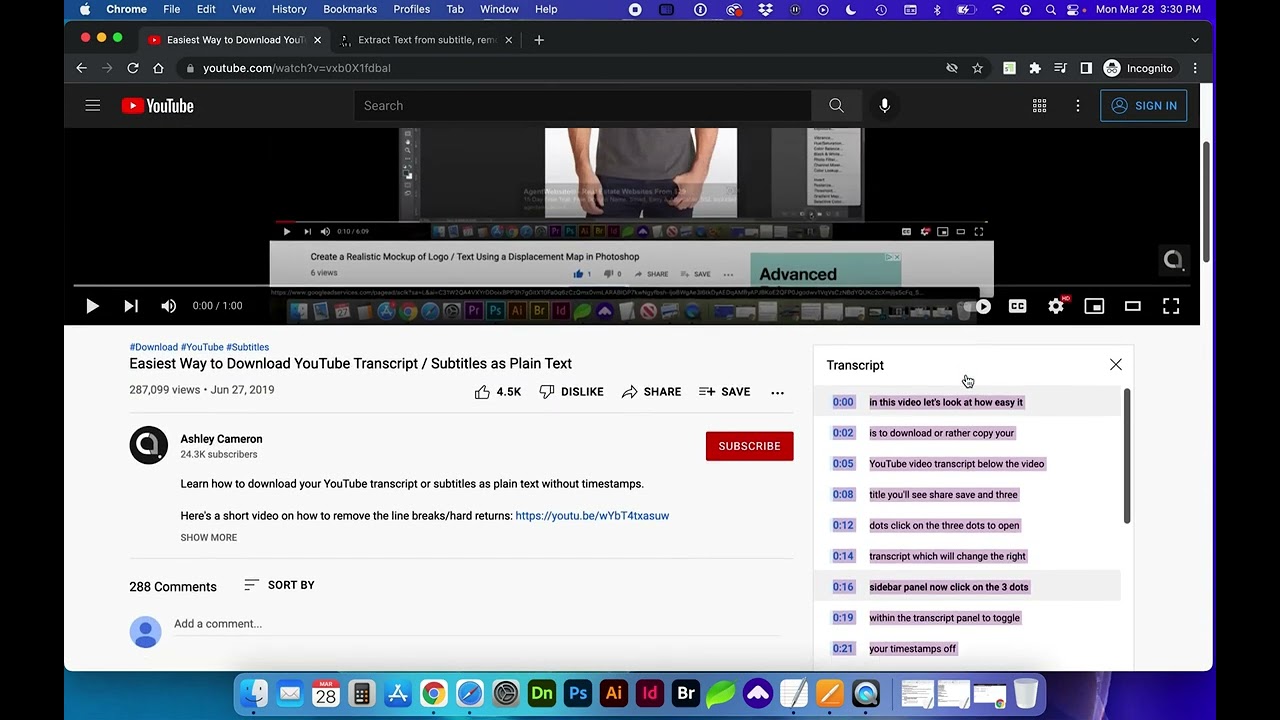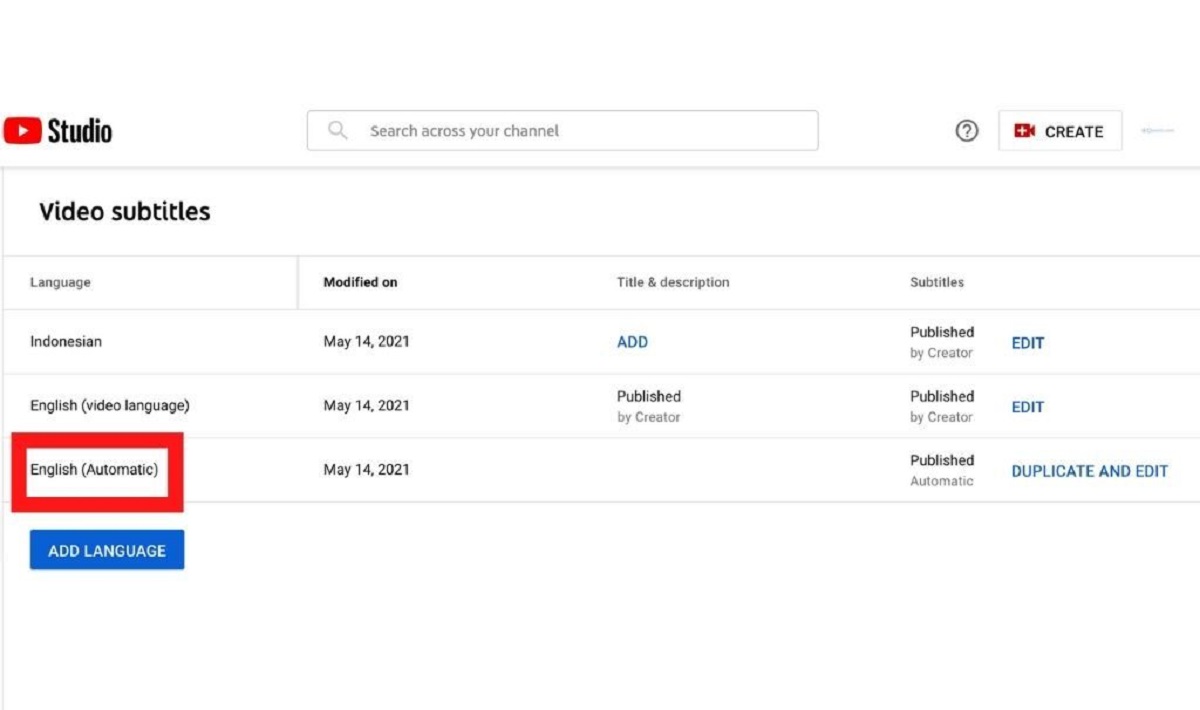Introduction
In the vast realm of YouTube videos, there may come a time when you find yourself in need of a transcript. Whether you’re conducting research, learning a new language, or simply want to follow along with the video without audio, having a transcript can be incredibly useful. However, obtaining a transcript from a YouTube video is not always straightforward.
YouTube has made great strides in providing closed captions for videos, but not all content creators take the time to enable this feature. In such cases, you might be left wondering how to get a transcript. But fear not! In this article, we will explore three different methods to help you obtain a transcript of a YouTube video even when subtitles are unavailable.
Before we dive into these methods, it’s essential to understand the benefits of having a transcript. A transcript allows you to read the spoken content of a video, making it easier to locate specific information, study the material in depth, or even translate the dialogue into another language. Moreover, transcripts enable people with hearing impairments to access the video’s content.
Now that we know why having a transcript is valuable, let’s explore the three methods you can use to obtain one. We will start by leveraging YouTube’s automatic closed captions feature, then move on to utilizing third-party websites or tools, and finally, we will explore how to extract subtitles directly from the YouTube video itself.
Why would you want to get the transcript of a YouTube video?
There are several reasons why you might find yourself in need of a transcript for a YouTube video. Let’s explore some common scenarios where having a transcript can be beneficial:
- Research purposes: If you’re conducting research or studying a particular topic, having a transcript can save you time and effort. You can easily scan through the text to find relevant information or quotes without having to watch the entire video.
- Language learning: Transcripts are a valuable resource for language learners. By reading along with the dialogue, you can improve your listening comprehension and vocabulary. You can also use translation tools to understand the content in your native language.
- Accessibility: Not all YouTube videos have captions or subtitles available. Having a transcript ensures that people with hearing impairments can still access the video’s content. It provides a way for everyone to engage with the material and gain knowledge.
- Note-taking and studying: If you’re a student or someone who takes notes while watching videos, having a transcript can be immensely helpful. You can easily refer back to the text to review the material, highlight important points, or create summaries.
- Content creation: Transcripts can be a valuable asset for content creators. You can repurpose the transcript to create blog posts, articles, or social media content based on the video. It saves time as you don’t need to rewatch and transcribe the video from scratch.
These are just a few examples of why having a transcript can be advantageous. Regardless of your purpose, obtaining a transcript can enhance your YouTube experience and enable you to engage with the video’s content in a more meaningful way.
Method 1: Utilizing YouTube’s automatic closed captions
When it comes to obtaining a transcript for a YouTube video, the first method to explore is utilizing YouTube’s automatic closed captions feature. Many videos on YouTube now come with automatic captions generated by speech recognition technology. Here’s how you can access these captions:
- To begin, open the YouTube video you want the transcript for.
- Click on the “CC” (closed captions) icon located at the bottom right corner of the video player. If the icon is already white, it means the video has enabled captions.
- Once you activate the captions, a transcript will appear alongside the video. You can read the text as the video progresses or skip ahead to specific sections using the video timeline.
- If you prefer a written copy of the transcript, click on the three dots (more options) button next to the captions icon and select “Open transcript.” This will open a separate window with the complete transcript of the video that you can copy and save.
It’s important to note that the accuracy of the automatic captions may vary depending on factors such as background noise or strong accents. Therefore, it’s recommended to cross-reference the transcript with the video to ensure accuracy, especially if you’re using it for research or quoting purposes.
If the video you’re watching doesn’t have automatic captions enabled, or if the accuracy is not satisfactory, don’t worry. There are other methods we’ll explore next that can help you obtain a transcript even when the closed captions are unavailable or unreliable.
Method 2: Using third-party websites or tools
If the YouTube video you’re interested in does not have automatic closed captions or the accuracy of the captions is not sufficient, you can turn to third-party websites or tools that specialize in generating transcripts. Here’s how you can use this method:
- Start by identifying a reliable third-party website or tool that offers transcription services for YouTube videos. There are several options available, such as “Rev” or “3Play Media,” which provide professional transcription services.
- Visit the chosen website or tool and follow their instructions to upload the YouTube video you want the transcript for. Some websites may require you to provide the URL of the video, while others may allow you to directly upload the video file.
- Once you’ve uploaded the video, the website or tool will process it and generate a transcript. The processing time may vary depending on the length of the video and the service you’re using.
- When the transcript is ready, you can preview and verify its accuracy. Most tools offer options to edit or make adjustments to the transcript if needed.
- Finally, download the transcript in a suitable format, such as plain text or PDF, and save it for future reference.
Using third-party websites or tools for generating transcripts offers the advantage of professional quality and accuracy. However, it’s important to note that some services may charge a fee for their transcription services, especially for longer or more complex videos. Make sure to check the pricing details and choose a service that fits your needs and budget.
By utilizing third-party websites or tools, you can obtain accurate and reliable transcripts even when the original video lacks closed captions. This method is particularly useful when you require professionally transcribed content or when the video is in a language other than the one you understand.
Method 3: Extracting subtitles from YouTube video
If the previous methods haven’t yielded the desired transcript for your YouTube video, you can try extracting the subtitles directly from the video. This method involves using specific tools or websites that allow you to download the subtitles in a text format. Here’s how you can go about it:
- Identify a reliable website or tool that specializes in extracting subtitles from YouTube videos. “DownSub” and “SaveSubs” are popular options that provide this functionality.
- Navigate to the chosen website or tool and enter the URL of the YouTube video from which you want to extract the subtitles.
- Follow the instructions provided to initiate the extraction process. The website or tool will work its magic to retrieve the subtitles from the video.
- Once the extraction is complete, you’ll be presented with the option to download the subtitles in a text format such as SRT or VTT.
- Download the subtitle file and save it for your reference. You can open the file with a text editor or use it in a media player that supports subtitle playback.
It’s worth noting that the availability and accuracy of extracted subtitles can vary depending on the video. Some videos may not have subtitles available for extraction, while others may have inaccurate or incomplete subtitles. Therefore, it’s advisable to review and cross-reference the extracted subtitles to ensure they align with the video’s content.
The method of extracting subtitles from YouTube videos can be particularly useful when you need a transcript quickly and prefer to work with a text file rather than relying on closed captions or professional transcription services. It allows you to have more control over the transcript and adapt it to your specific needs.
Conclusion
Obtaining a transcript of a YouTube video, whether for research, language learning, accessibility, note-taking, or content creation, can greatly enhance your overall viewing experience. While closed captions are a convenient option, they are not always available or accurate. Fortunately, there are several methods you can use to obtain a transcript.
In this article, we explored three methods:
- Utilizing YouTube’s automatic closed captions, which can be enabled for many videos.
- Using third-party websites or tools that specialize in generating transcripts specifically for YouTube videos.
- Extracting subtitles directly from the YouTube video using dedicated tools or websites.
Each method has its own advantages and limitations. Automatic closed captions are convenient but may not always be available or accurate. Third-party services provide professional-quality transcripts but may come with a cost. Extracting subtitles allows for more control and can be a quick solution, but the accuracy and availability of the extracted subtitles may vary.
When choosing a method, consider your specific needs, time constraints, and budget. It’s also a good idea to cross-reference and verify the accuracy of the obtained transcript if you’re using it for research or quoting purposes.
Regardless of the method you choose, having a transcript can be a valuable asset that enhances your interaction with YouTube videos. It allows for easier navigation, language learning, accessibility, note-taking, and content creation.
Now armed with these methods, you can confidently explore and extract the transcripts you need from YouTube videos, unlocking a world of possibilities and expanding your knowledge and understanding.







